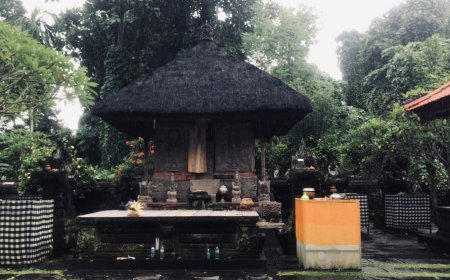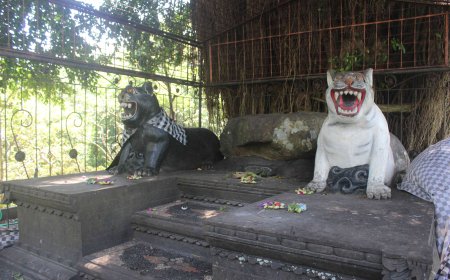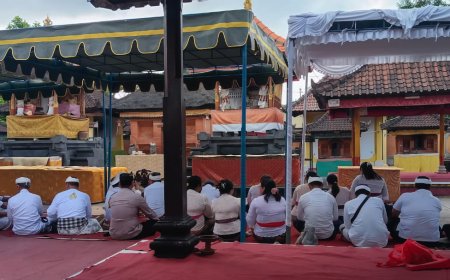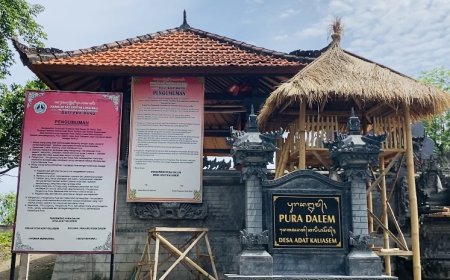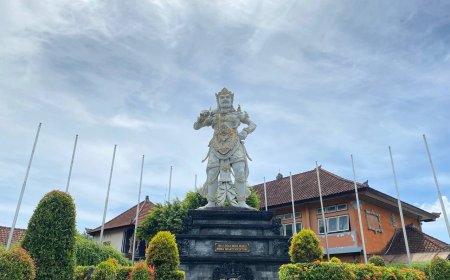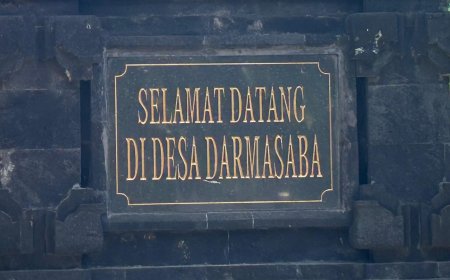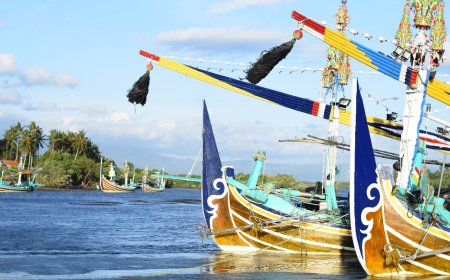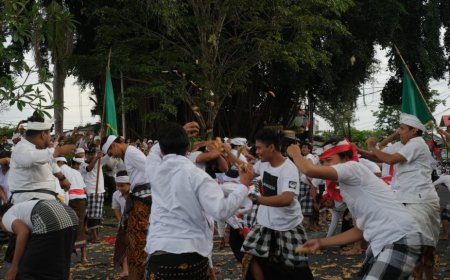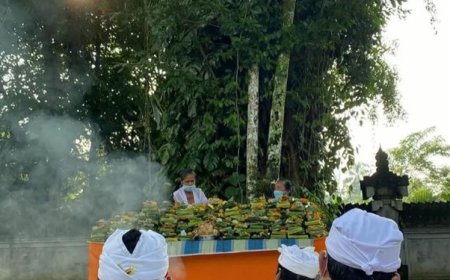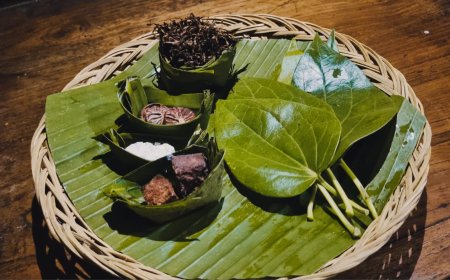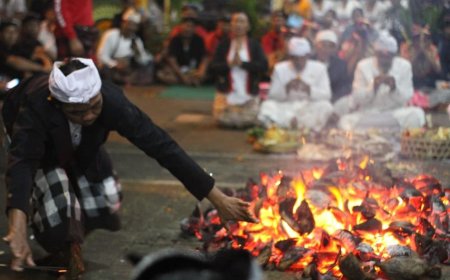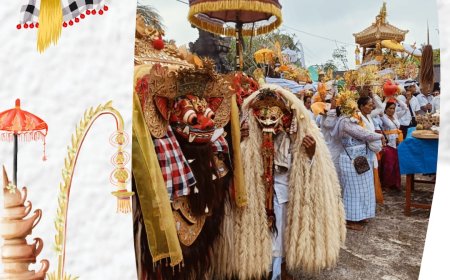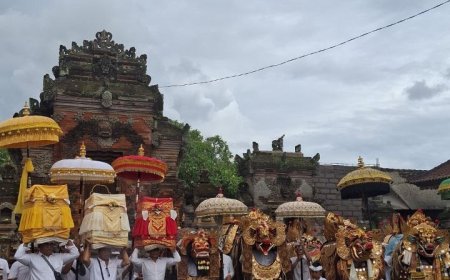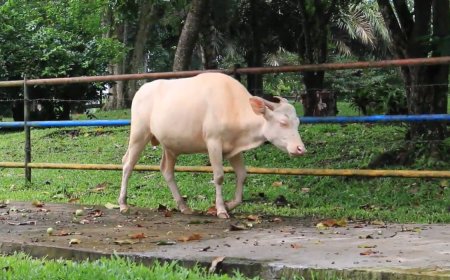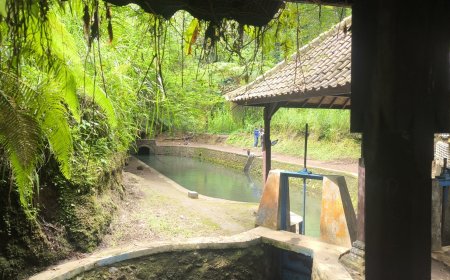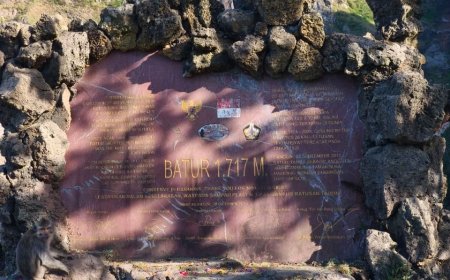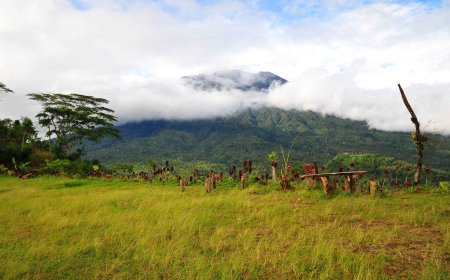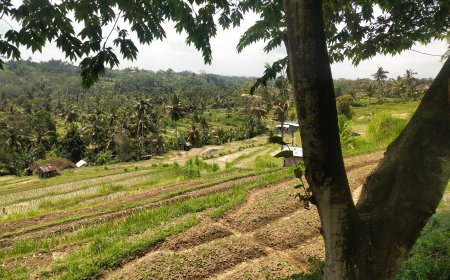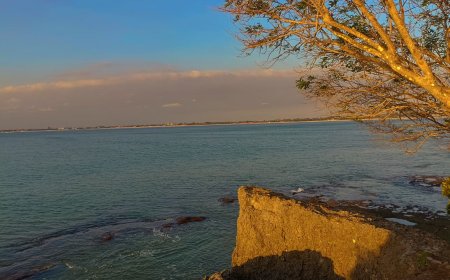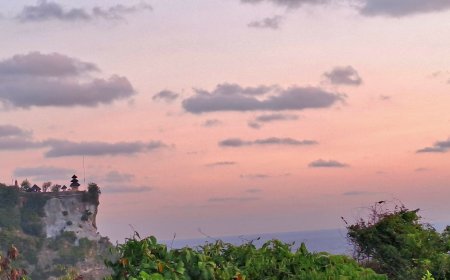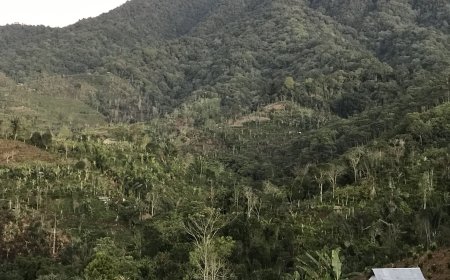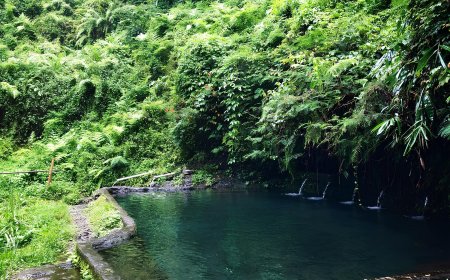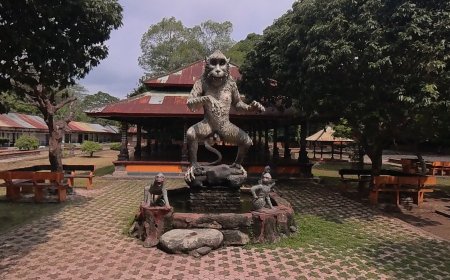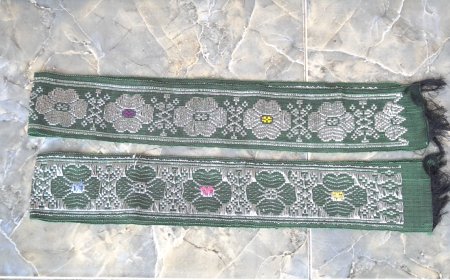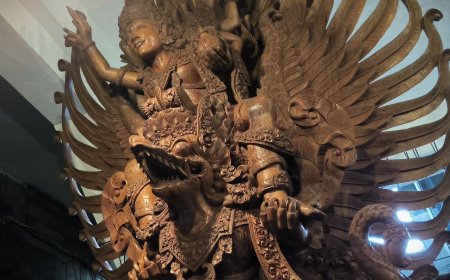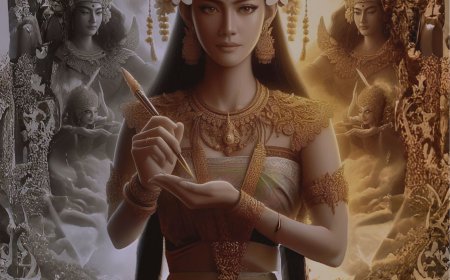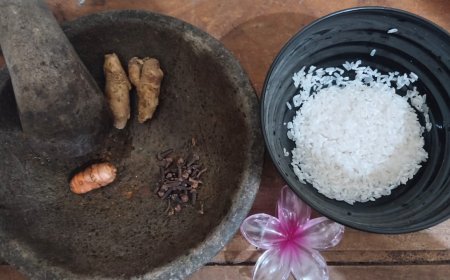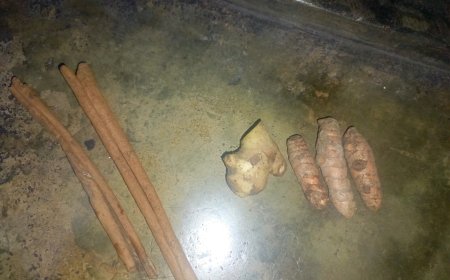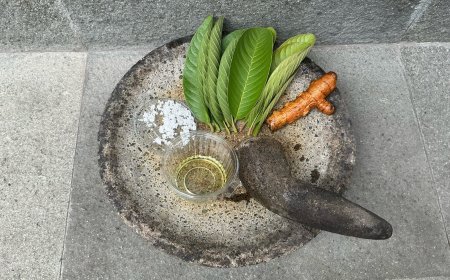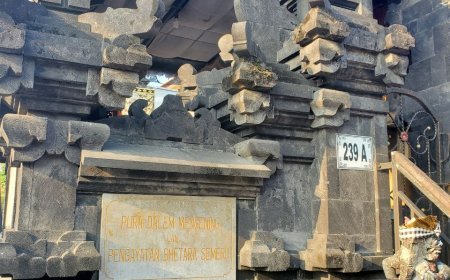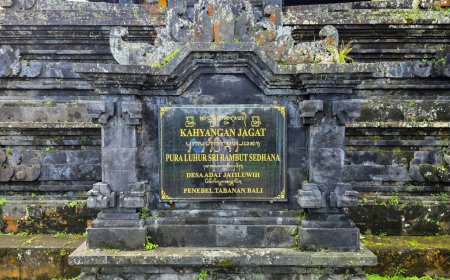Between Sekala and Niskala: Pura Dalem Ulunsuan as the Gateway for Welcoming Spiritual Guests
Pura Dalem Ulunsuan in Denpasar is an ancient temple that serves as a gateway for spiritual guests from the niskala realm. Its piodalan coincides with Pagerwesi Festival and lasts for four days, making it distinct from other temples. The temple also frequently hosts mass metatah ceremonies as a symbol of self-purification. The uniqueness of its shrines highlights its role as a meeting point between sekala and niskala.
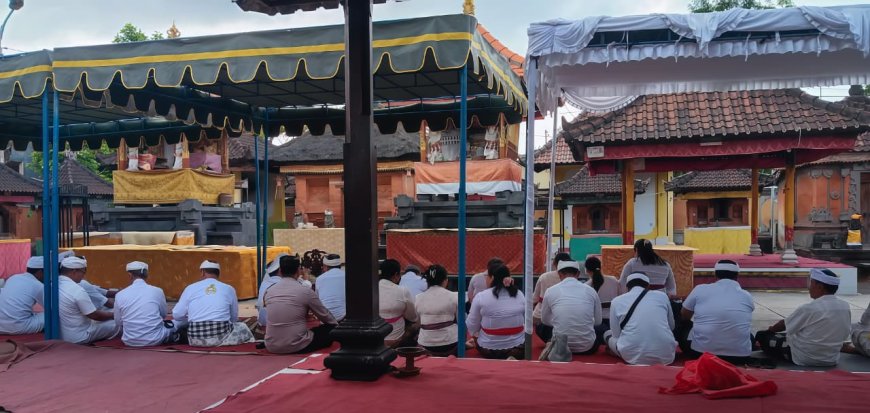
Pura Dalem Ulunsuan in Banjar Abiantimbul, West Denpasar, is an ancient temple unique for its role as a gateway to welcome spiritual guests from the niskala (unseen) realm. Situated in the middle of the city’s hustle and bustle yet maintaining a serene atmosphere, this temple symbolizes the meeting point between sekala (the tangible world) and niskala. The temple’s piodalan, coinciding with Pagerwesi Festival, lasts for four days, highlighting its role as a sacred space for honoring mystical forces while strengthening the faith of the devotees. With modern management and strong spiritual function, Pura Dalem Ulunsuan reflects the balance between worldly needs and preserved sacred values.
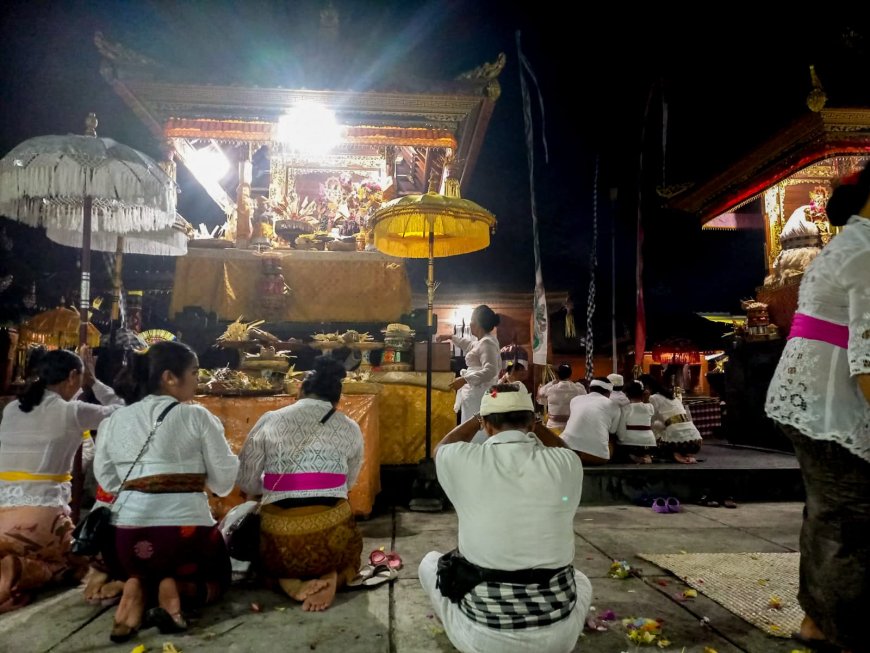
Pura Dalem Ulunsuan during Pagerwesi Festival (Source: Personal Collection)
Located in Banjar Abiantimbul, Adat Village of Pemecutan Kelod, West Denpasar District, Pura Dalem Ulunsuan is one of the old temples still actively functioning today. The temple is situated in a narrow alley called Gang Ulunsuan, accessible from Imam Bonjol Street, one of the busiest main roads in Denpasar City. Its presence amidst the dense urban area makes it unique. It serves not only as a place of worship but also as a sacred space that maintains balance amid the changes of modern city life. The temple’s existence illustrates how sekala and niskala coexist: sekala represented by the busy city and endless trade, while niskala is preserved through the temple’s spiritual atmosphere.
The exact history of Pura Dalem Ulunsuan is unknown, but according to records of locals and temple priests, it has existed for a long time and underwent major renovations in 1950, especially at the kori agung (main gate). Today, it remains an important center for worship and rituals for the surrounding community.
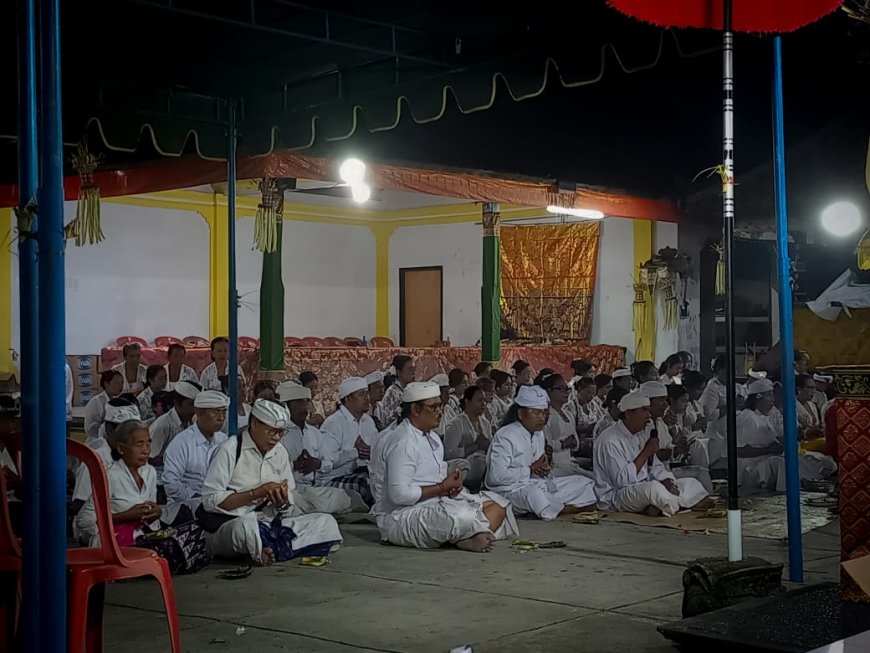
Prayers at Pura Dalem Ulunsuan (Source: Personal Collection)
In the sekala or physical aspect, Pura Dalem Ulunsuan displays a row of shrines (pelinggih) on the eastern side of the main mandala. Some structures still use traditional red bricks without cement, maintaining their authenticity, while some roofs have been replaced with tiles for easier maintenance. The temple consists of several shrines, including Palinggih Ibu, Palinggih Ratu Gede Panglurah, Palinggih Batur, Palinggih Ratu Gede Pangenter, Tajuk Kalantaka, Gedong Dalem Ulunsuan, Dalem Majapahit, Dalem Mekah, Dalem Cina, and Palinggih Dewa Pregina. The most striking uniqueness lies in shrines with symbolic names such as Dalem Cina, Dalem Mekah, and Dalem Solo. Though they sound like real places, these names do not represent geographical locations, but rather symbolize the distant, the foreign, and the unreachable by human thought. These shrines affirm the temple’s special role as a receiver of spiritual guests from the niskala realm. They serve as bridges bringing the mystical into the tangible world, reinforcing the belief that the unseen can be honored through visible symbols.
In the niskala dimension, Pura Dalem Ulunsuan holds an important position as a temple believed to welcome guests from foreign lands in the spiritual sense—entities or mystical forces coming from invisible realms. This concept is reflected in the temple’s piodalan, which falls on Buda Kliwon Wuku Sinta, coinciding with Pagerwesi Festival.
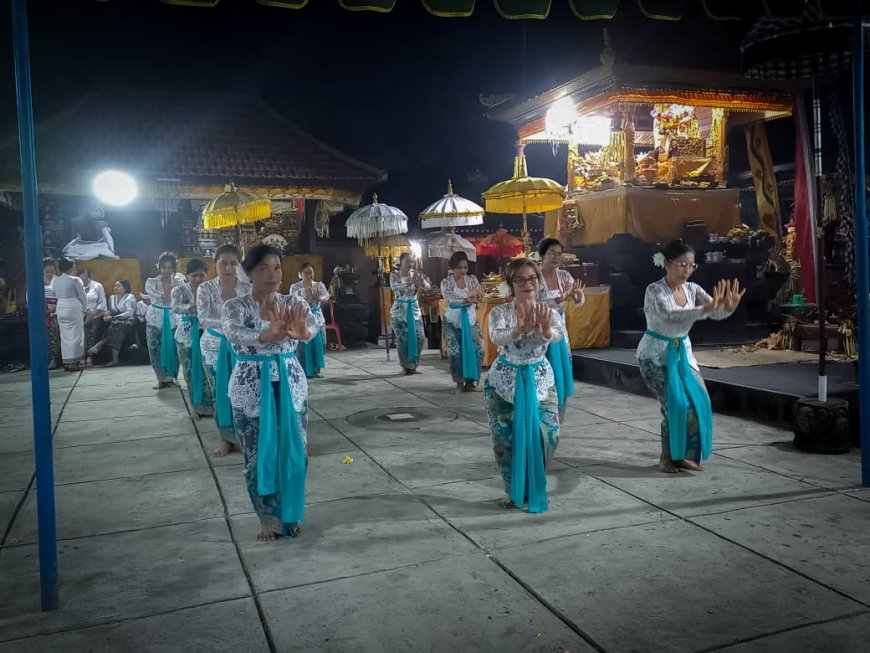
Ngayah Rejang Dance at Pura Dalem Ulunsuan (Source: Personal Collection)
Pagerwesi Festival itself is understood as a day to strengthen faith and inner resilience of Hindus. The term “Pagerwesi” means “iron fence,” symbolizing a spiritual fortress protecting humans from negative influences. At Pura Dalem Ulunsuan, Pagerwesi holds a special significance because the piodalan lasts for four full days, unlike most temples where it only lasts a day. The extended ceremony is interpreted as a greater honor to the arriving spiritual guests while also reinforcing the people’s faith in maintaining life’s balance. Pagerwesi at this temple becomes a moment when devotees not only pray for safety but also open themselves to welcome spiritual forces from beyond, turning it into a true meeting point between sekala and niskala.
Besides being a temple for receiving niskala guests, Pura Dalem Ulunsuan also plays a significant socio-religious role in the community. It is often used for mass metatah (mesangih) ceremonies, an important Balinese Hindu rite symbolizing purification and the transition into adulthood. Metatah is the ritual of filing or chipping canine teeth, representing the eradication of the six negative human traits (sad ripu). The ceremony is believed to refine a person’s self, preparing them for a new stage of life with a calmer and more controlled spirit.
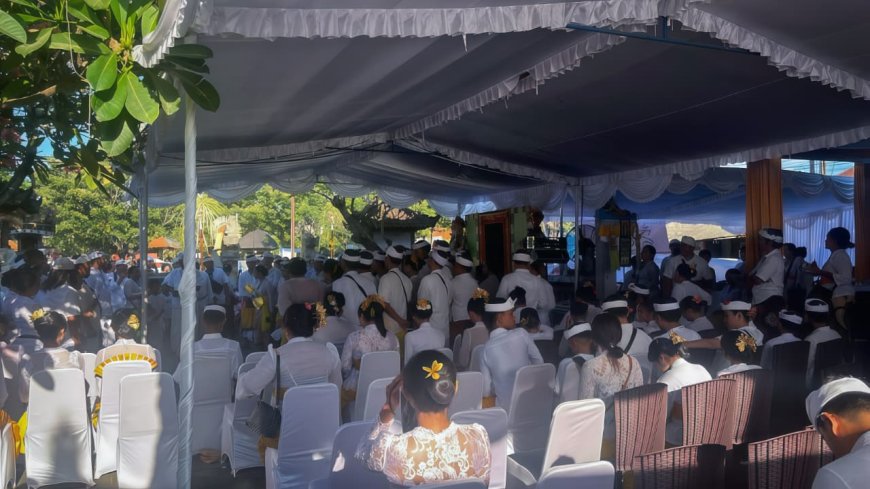
Mass Metatah at Pura Dalem Ulunsuan (Source: Personal Collection)
At Pura Dalem Ulunsuan, mass metatah is often conducted collectively, involving dozens of participants from various families fulfilling their religious and customary duties together. Holding the ceremony in a mass form not only reduces financial burdens but also fosters a spirit of togetherness, solidarity, and communal harmony among villagers and the wider Hindu community. With this practice, Pura Dalem Ulunsuan is not only recognized as a gateway for niskala guests but also as a socio-spiritual space uniting people through self-purification rituals.
